
doi.org/10.1111/acel...
We explored muscle–brain cross-talk and discovered that the muscle-derived cathepsin B (a myokine) plays a key role in improving behavioral and neurogenic deficits in a mouse model of Alzheimer’s disease.

doi.org/10.1111/acel...
We explored muscle–brain cross-talk and discovered that the muscle-derived cathepsin B (a myokine) plays a key role in improving behavioral and neurogenic deficits in a mouse model of Alzheimer’s disease.
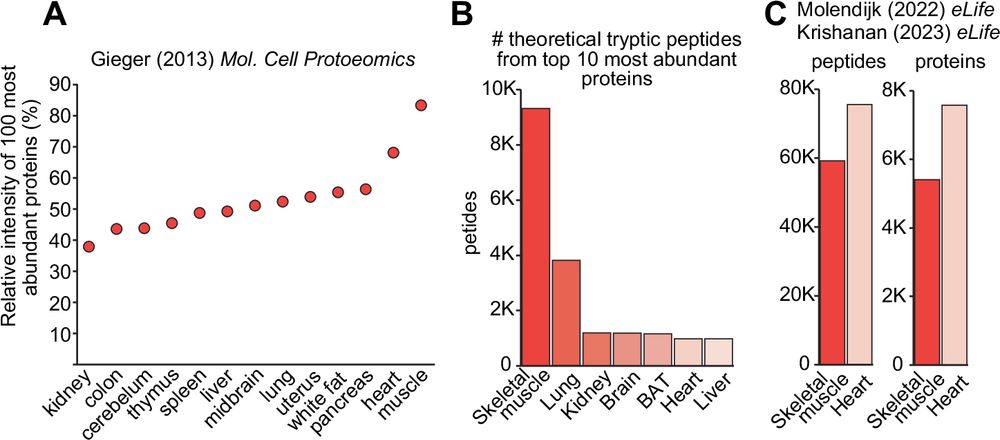
We mapped the phosphoproteomic landscape of insulin & exercise in human skeletal muscle (same individuals) and discovered REPS1 as a new regulator of muscle glucose uptake.
www.sciencedirect.com/science/arti...
@cbmr.science @jeppekjaergaard.bsky.social
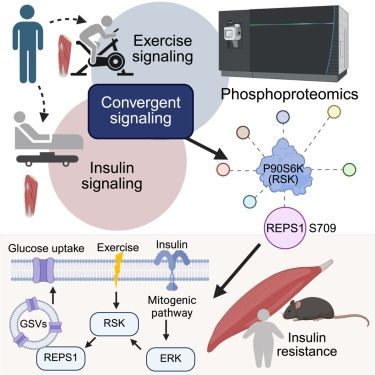
We mapped the phosphoproteomic landscape of insulin & exercise in human skeletal muscle (same individuals) and discovered REPS1 as a new regulator of muscle glucose uptake.
www.sciencedirect.com/science/arti...
@cbmr.science @jeppekjaergaard.bsky.social
We present the most comprehensive, time-resolved atlas of the human proteomic response to acute exercise. We mapped 10,000+ proteins across plasma, saliva & urine—3,000+ changed after just one workout.
doi.org/10.1101/2025...
Explore cbmr-rmpp.shinyapps.io/exerome/
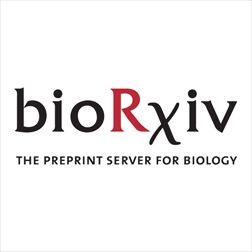
We present the most comprehensive, time-resolved atlas of the human proteomic response to acute exercise. We mapped 10,000+ proteins across plasma, saliva & urine—3,000+ changed after just one workout.
doi.org/10.1101/2025...
Explore cbmr-rmpp.shinyapps.io/exerome/
www.cell.com/cell/fulltex...

www.cell.com/cell/fulltex...
Deconvoluting insulin signaling in human skeletal muscle.
www.news-medical.net/news/2025052...

Deconvoluting insulin signaling in human skeletal muscle.
www.news-medical.net/news/2025052...
@annakrook.bsky.social @juleenrzierath.bsky.social
@cbmr.science
doi.org/10.1016/j.ce...
@annakrook.bsky.social @juleenrzierath.bsky.social
@cbmr.science
doi.org/10.1016/j.ce...
Another collab between the labs @droch.bsky.social @adeshmukh.bsky.social
physoc.onlinelibrary.wiley.com/doi/10.1113/...

NAD depletion in skeletal muscle does not compromise muscle function o... www.sciencedirect.com/science/arti...

NAD depletion in skeletal muscle does not compromise muscle function o... www.sciencedirect.com/science/arti...
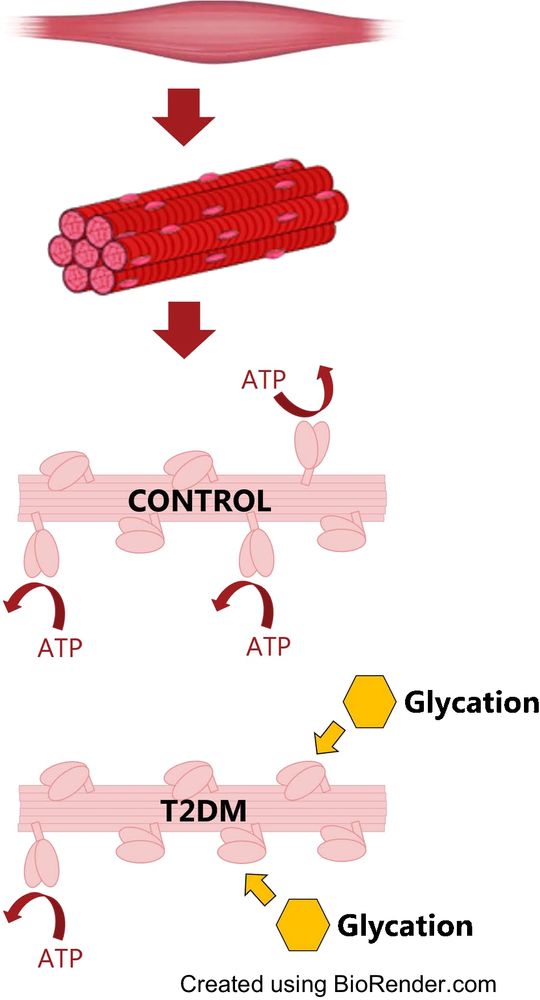
onlinelibrary.wiley.com/doi/10.1111/...

onlinelibrary.wiley.com/doi/10.1111/...
Review also highlights key bioinformatics/statistical considerations!
doi.org/10.1111/sms....

Review also highlights key bioinformatics/statistical considerations!
doi.org/10.1111/sms....
His latest study highlights LL-37’s role in muscle growth:
👇👇
We mapped the proteome of interstitial fluid across the leg in response to exhaustive exercise, and discovered immune cell derived peptide regulating muscle growth.
www.science.org/doi/10.1126/...

His latest study highlights LL-37’s role in muscle growth:
👇👇
🔬 Our current approach to dividing muscle fibers into separate types may need to be revised following new research in Nature Communications by a team of scientists, including AssocProf Atul Deshmukh.
👇
www.nature.com/articles/s41...

🔬 Our current approach to dividing muscle fibers into separate types may need to be revised following new research in Nature Communications by a team of scientists, including AssocProf Atul Deshmukh.
👇
www.nature.com/articles/s41...
Huge thanks to everyone who contributed.
www.nature.com/articles/s41...
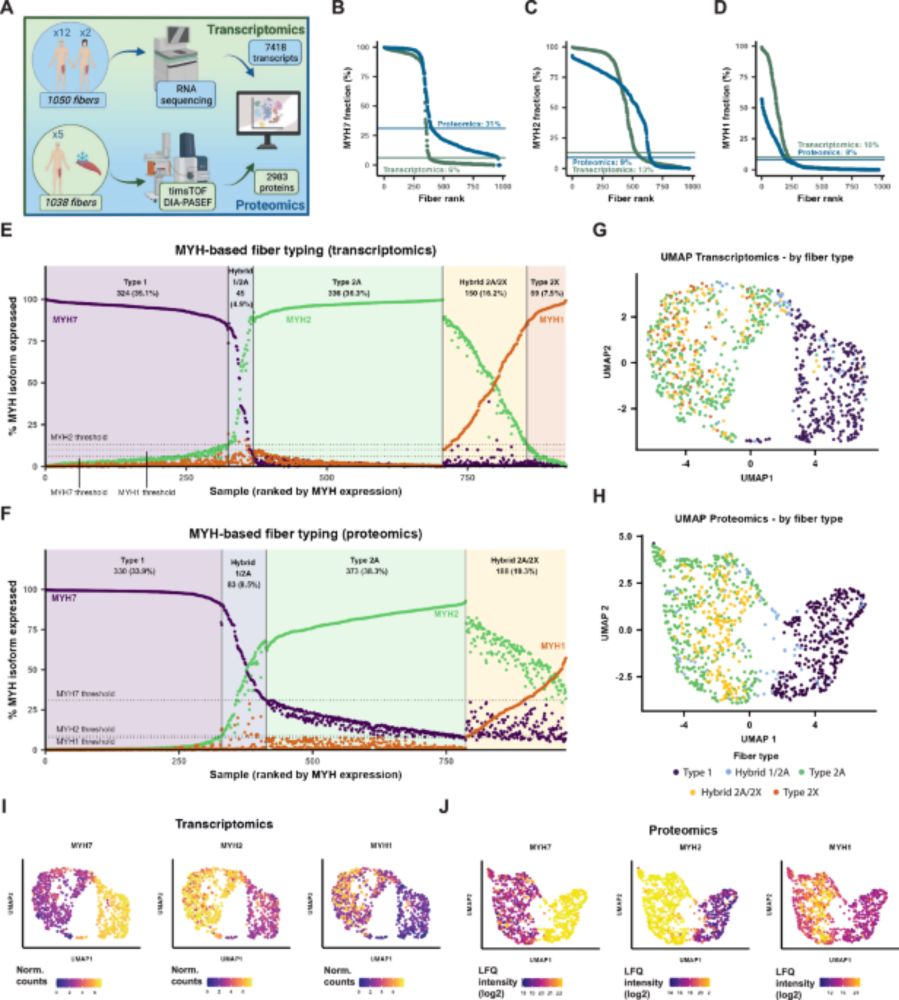
Huge thanks to everyone who contributed.
We mapped the proteome of interstitial fluid across the leg in response to exhaustive exercise, and discovered immune cell derived peptide regulating muscle growth.
www.science.org/doi/10.1126/...

We mapped the proteome of interstitial fluid across the leg in response to exhaustive exercise, and discovered immune cell derived peptide regulating muscle growth.
www.science.org/doi/10.1126/...
◼️ The majority of them (3,088) are enriched at the protein but not RNA level.
🧠 The brain hosts the largest number of proteins that are only enriched at the protein level but not RNA level.

◼️ The majority of them (3,088) are enriched at the protein but not RNA level.
🧠 The brain hosts the largest number of proteins that are only enriched at the protein level but not RNA level.
Using a 21-minute MS method, we identified >4500 proteins highlighting saliva's untapped potential for diagnostics.
Excited to our manuscript where we used cutting-edge proteomics to map human & bacterial proteomes in saliva, revealing signatures of #Type2Diabetes
Arricle- rdcu.be/d5U3u
Video- shorturl.at/cSUCD
I am very grateful to my collaborators.
Using a 21-minute MS method, we identified >4500 proteins highlighting saliva's untapped potential for diagnostics.
Excited to our manuscript where we used cutting-edge proteomics to map human & bacterial proteomes in saliva, revealing signatures of #Type2Diabetes
Arricle- rdcu.be/d5U3u
Video- shorturl.at/cSUCD
I am very grateful to my collaborators.
Excited to our manuscript where we used cutting-edge proteomics to map human & bacterial proteomes in saliva, revealing signatures of #Type2Diabetes
Arricle- rdcu.be/d5U3u
Video- shorturl.at/cSUCD
I am very grateful to my collaborators.

